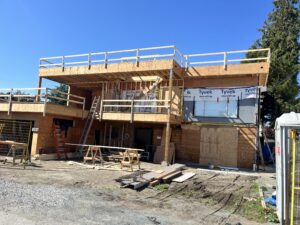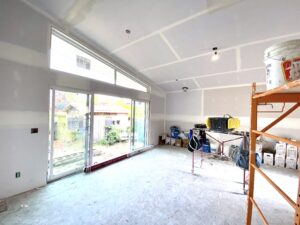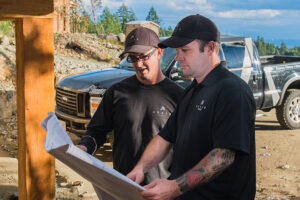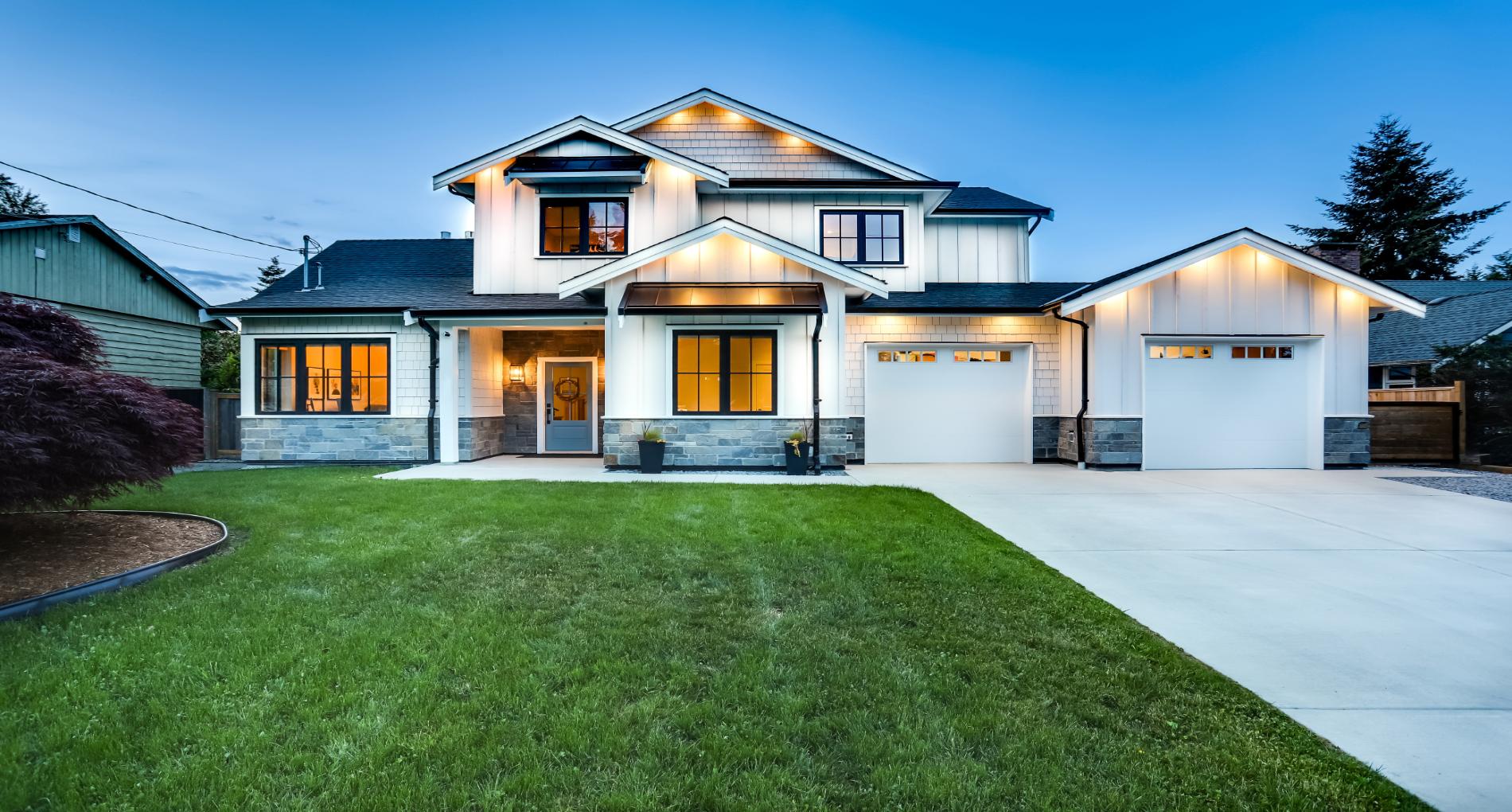How long should it take to build a house? As experienced builders, that’s probably one of the most common questions we get asked. And as you might imagine, the answer depends on many factors. Firstly, the complexity of the project comes into play. And recent history has shown us that world events and their impact on supply chains can have a major effect on how quickly we can build. But the best way to ensure an efficient build is with careful pre-planning.

Advantages of a faster build
There are a lot of advantages to getting your home completed sooner. Firstly, you can move in sooner! Let’s take a look at some of the financial benefits of building faster:
- Lower financing costs. For example, a $1M construction loan at 6-7% financing will cost you $60,000-70,000 in interest charges per year. A project that takes an additional six months to complete means an extra $30-35,000 in interest.
- You’ll pay less rent. A typical rental house is $4000 per month. A well executed and well-communicated project could save you six months in rent, totalling $24,000.
- You’ll be paying less for other rental costs too. That includes site fencing, equipment, toilet rentals and the like.
- You’ll save on the on-site utility costs. Electric or gas powered heat, water and other utility bills can add up to a few thousand dollars.
- You’ll face less risk of cost escalations. This is a challenge all builders have been facing in the past few years. Material and labour costs (for trades and vendors) can increase as you progress through the project.

Common Project Delays
Project delays usually come down to one main reason: Inadequate project planning. That’s why at Alair, we pride ourselves on creating an extremely detailed construction plan, well before we break ground. That means planning out every detail of your build, down to the last door-pull and lighting fixture.
But if you’re working with an inexperienced builder, here are some of the planning issues that can cause project delays:
- Lack of a complete design. This can lead to decision-making on the fly which can result in costly mistakes and time delays.
- Lack of a clear scope of work. A clear scope of work removes confusion on who’s doing what.
- Trades and vendors are not pre-selected and pre-scheduled for the work. At Alair, we confirm trades and vendors months before they actually appear on site.
- Budget and draw schedules are not clearly laid out with the client. Here’s an analogy that we often like to use: Cash is like gas in the tank. Without the gas, the car can’t run. Similarly, without cash, a build can’t move forward. Budget and draw schedules need to be in place in order to pay trades and products as they’re delivered and installed. If people are not being paid promptly, it can cause a project to grind to a halt.
- A complete project schedule is not in place. A successful build starts with a detailed project schedule. But the schedule also needs to be regularly maintained, updated and communicated to all stakeholders. An effective project manager and site supervisor will plan weeks and months ahead, communicating next steps to trades and suppliers.

How to have an efficient build
When we plan properly, we can effectively set expectations – expectations in regards to budget, timeline and the correct sequencing of events. Here are some of the ways in which we ensure that your home is built as quickly and efficiently as possible.
- Ensure specifications and design is solidified before building starts. This enables us to price out the trades and materials for the entire project. We confirm and book all of the trades and vendors that we will use throughout the project. Proper planning includes detailed scheduling, all the way up to the target move-in date.
- Use “off-site constructed building components” whenever possible. For example, using panelised wall systems can reduce construction time by several months. (Effectively the walls, floors and even roof systems are built off-site in pieces. They can include insulation, engineered requirements, rain screen, air barriers, vapour barriers, siding, windows, hose bib ports, electrical outlet sets, integrated flashing, component seals and more.) The costs seem relatively similar, but of on-site construction is greatly reduced. Things like energy audits (blower door tests) are also easier to achieve.
- Complete long-lead orders for specialty products well in advance. That includes things like doors, windows, specialty rough installation kits, mechanical equipment, fireplaces, lifts and underground servicing. And these days, even smaller things can take longer to arrive. So, we also order hardware, appliances, tile, light fixtures, plumbing fixtures, flooring products, stone etc., in advance.

Conclusion
Of course, unforeseen delays, site conditions and changes to the plan do occur, impacting the overall timeline. But if the project is properly pre-planned, we can deal with any delays and disruptions much more easily. The key to doing so is maintaining strong on-going communication with our clients, throughout the entire construction process.
After over 100 renovations and builds, we’ve learned that extra time up front, if used efficiently, can usually cut time, stress and costs out of an active construction. The result is an expertly-built home that’s completed on time and on budget.
